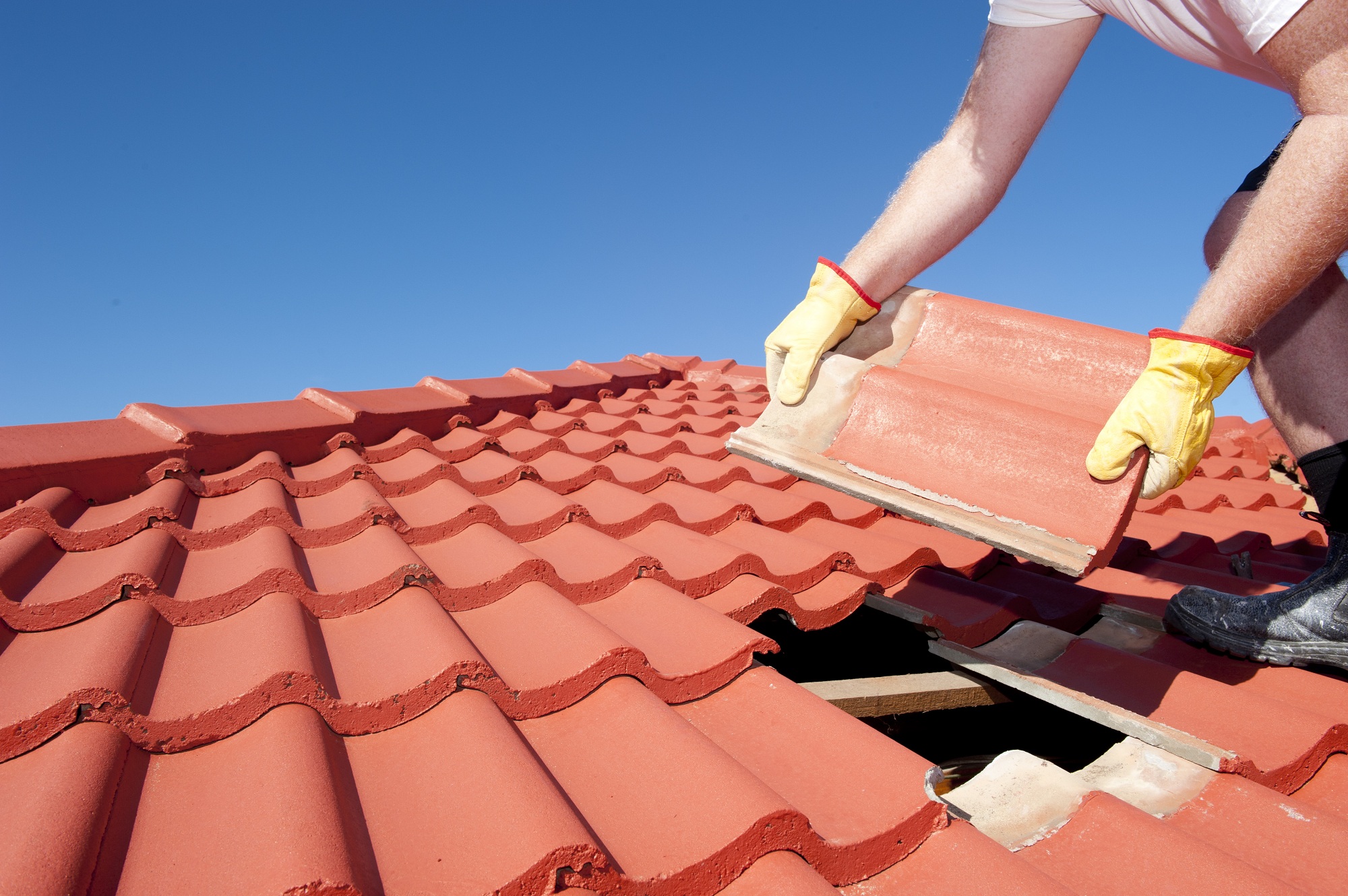Key Factors To Consider for a Successful Roof Setup: Achieving Long Life and Efficiency
In embarking on the journey of roof installation, one must prioritize key considerations to ensure both longevity and efficiency. The selection of products, customized to stand up to regional environment conditions, plays a critical function in preserving structural integrity. As we explore these elements, it comes to be obvious that a successful roofing system installation is not just concerning covering a framework however about crafting a durable and sustainable remedy.
Picking the Right Materials

Climate plays an essential duty in product option. In areas prone to heavy rainfall or snow, materials like asphalt shingles or metal roofing with high water resistance are recommended. On the other hand, in hot climates, materials with reflective residential properties, such as trendy roof covering membrane layers or floor tiles, can aid lower power prices by dispersing sunshine.
Budget plan factors to consider likewise influence material choice. While costs products like slate or clay floor tiles use resilient efficiency, they include higher upfront prices. Nonetheless, they can confirm cost-efficient gradually because of their very little maintenance demands and expanded life expectancy.
Last but not least, the building style of the structure must harmonize with the roof covering product. Typical homes may profit from wooden tiles, whereas contemporary structures could opt for streamlined metal coatings. By very carefully weighing these aspects, you can select products that align with both useful and visual goals.

Recognizing Roof Style
Recognizing roof style is crucial in achieving a well-functioning and visually pleasing framework. The layout of a roof impacts not only the aesthetic allure yet also the structural stability and capability of the structure. An attentively designed roofing system can improve the general building design while making certain efficient drainage, insulation, and ventilation.
The pitch, or slope, determines exactly how successfully water and debris are lost from the roofing system surface area, impacting the life-span of roofing materials. Gable roof coverings are prominent for their simpleness and effective water dropping, while hip roof coverings offer phenomenal stability in high wind areas.
Architectural support group, such as trusses and rafters, are important in dispersing weight and maintaining the roofing's honesty. Proper style makes certain that the roofing system can hold up against environmental tons and withstand contortion. In addition, integrating functions like overhangs and eaves can secure the structure's façade and enhance power performance by giving shade and decreasing warm gain.
Eventually, a well-considered roof covering layout balances form, function, and sturdiness, adding to the lasting success of the installment.
Environment Factors To Consider

In warm and sunny climates, roofing materials need to mirror, instead than absorb, solar heat to preserve power performance and protect against excessive thermal expansion, which can result in material deterioration - Keep Dry Roofing St Peters MO. Alternatively, in cooler areas, products have to provide sufficient insulation to avoid heat loss and withstand freeze-thaw cycles that can cause cracking and other architectural problems
In addition, the selection of shade and finishing can dramatically influence a roofing's thermal efficiency, specifically in locations with extreme temperature level variants. Regional structure codes commonly use support on suitable materials and styles, reflecting regional environment problems. A detailed understanding of weather conditions is indispensable for picking materials and designs that make certain a roofing's ideal performance over its life-span.
Setup Best Practices
Effective roof covering setup is a crucial part of making sure long-term durability and efficiency. Abiding by ideal methods throughout setup not just safeguards structural honesty however additionally lessens costly future repair services. Most importantly, picking the best products is critical. Utilizing top quality tiles, underlayment, and flashing tailored to the details climate and structure layout will improve the roof's durability.
Equally essential is the preparation of the roofing deck. Making certain that the deck is clean, dry, and structurally sound before setup stops difficulties such as leakages and early wear. Proper ventilation is another essential consideration, as it alleviates dampness buildup and thermal stress and anxiety, thereby prolonging the roof's lifespan.
Precision in measurement and alignment during the installation process is crucial. This involves accurate positioning of tiles and thorough attention to overlapping, which prevents water access. Using specialist, proficient labor makes certain these criteria are fulfilled, minimizing the threat of mistakes that might jeopardize the roofing system's effectiveness.
Energy Performance Approaches
Enhancing a roof covering's power effectiveness is a calculated consideration for reducing power expenses and environmental influence. By picking proper materials and Click This Link modern technologies, home owners and home builders can considerably improve the thermal efficiency of a roofing, thus decreasing energy consumption. Among the primary approaches includes using reflective roof covering materials, which disperse more sunshine and take in much less warm. This can lead to a significant reduction in cooling down costs, specifically in warmer climates.
In addition, the incorporation of appropriate insulation is crucial in stopping warmth transfer between the exterior and interior of a structure. Insulation materials with high R-values, such as spray foam or stiff foam boards, are reliable in maintaining a consistent indoor temperature level, click for info therefore optimizing a/c system performance.
Furthermore, the combination of photovoltaic panels on roofs not just generates sustainable energy however can additionally provide shade, further minimizing warm gain (Keep Dry Roofing St Peters MO). Technologies like cool roofing systems, which use finishes to mirror even more sunshine, are additionally gaining popularity for their capacity to lower roof covering temperature levels
Verdict
Finally, achieving a successful roof installation necessitates an extensive method that integrates the selection of top quality materials tailored to details weather problems, thoughtful style considerations for look at this now ideal drainage and structural honesty, and adherence to thorough installment methods. These aspects collectively ensure the avoidance of dampness build-up and thermal tension, thereby boosting the roof covering's longevity and effectiveness. Integrating strategies to boost power efficiency further adds to minimizing maintenance needs and reducing energy intake over the roofing system's lifespan.